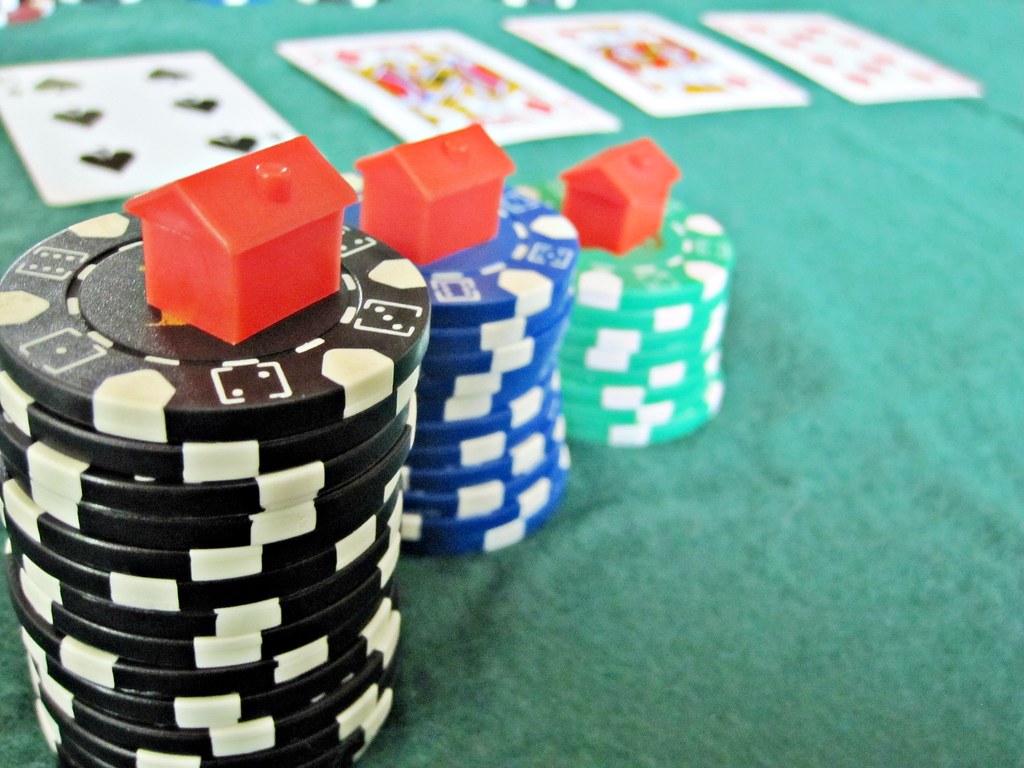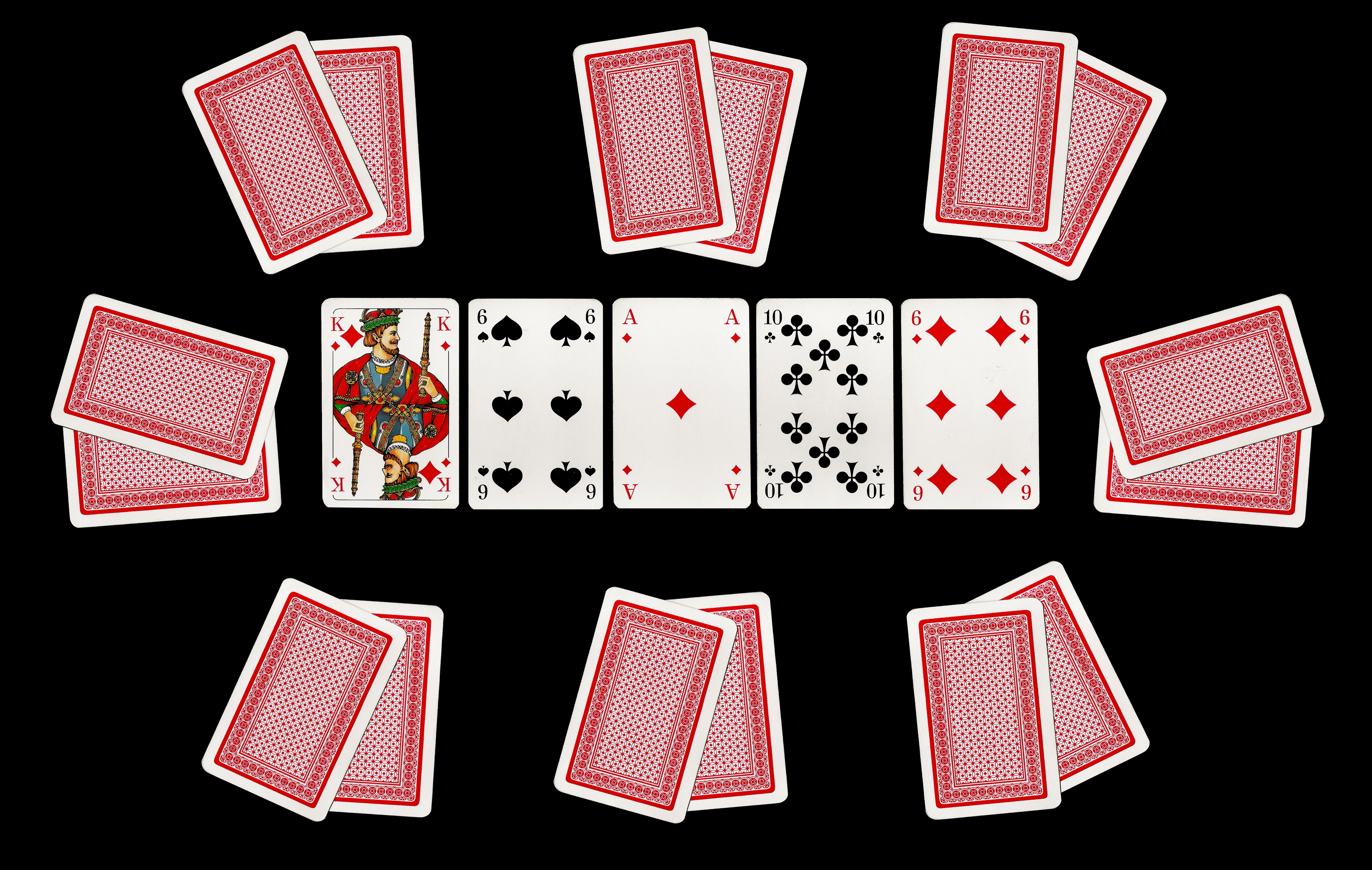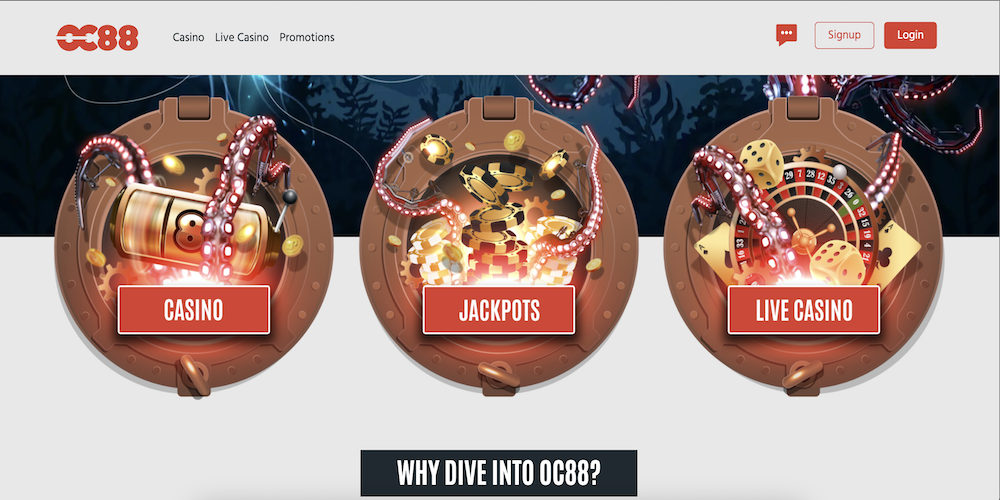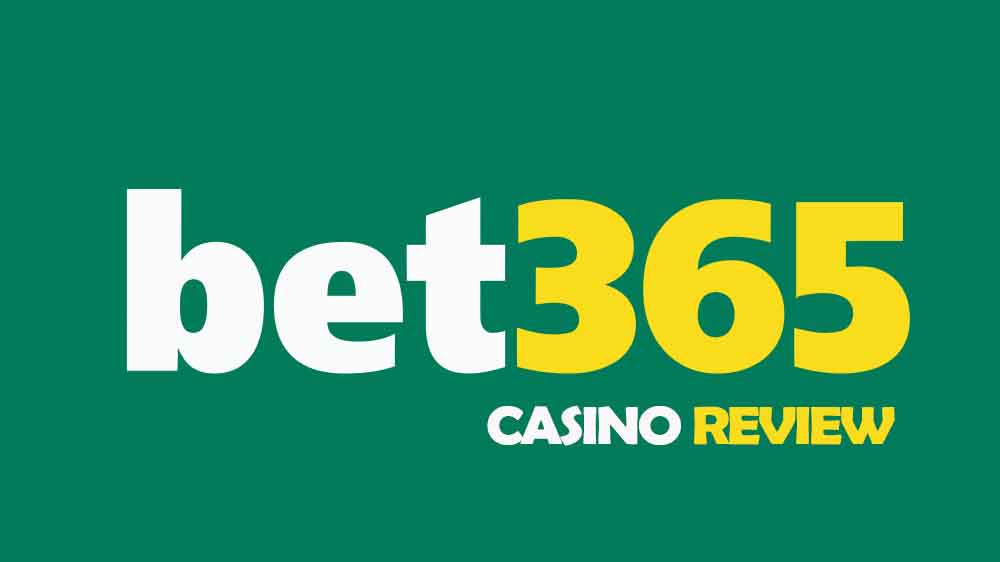Your Complete Poker Strategies
An Introduction To Poker Strategies
Some say that poker is easy to play but hard to learn. First off, you’ll need to decide, are you playing to win of for the fun of it. To be a consistent winner requires both time and effort. In other words, it’s a big work! On the other hand, playing among friends just for fun, is a perfectly reasonable activity.

Make Good Decisions – the Results Will Follow
When you play, make an effort to do so consistently. Of course, you can’t win at every session, but the more you play, the better you’ll become. And don’t worry about having a losing streak. It can happen to the best of us.
The Mathematics of Poker
The first thing to understand is that poker is a mathematical game. Simply put, if you enter a hand with the best hand, more frequently than your opponent does, then you will win more times. An important consideration is the starting hand. If you can master the starting hand techniques and guidelines and how they influence your table position, then you’re already ahead. Once that’s mastered, then start to work on the rest of the hand. Amateur players tend to focus solely on the starting hand, whereas professionals will ensure they fully understand the implications of all parts of the hand. Go through our list of the best poker jackpot reviews to find the best site to practice on.
Practice and then Practice Some More
Because many decisions are made during game play and more especially, at the end of play, you’ll need to hone your skills involving calculating pot odds, looking at betting patterns, using your position and bluffing. This takes some years of practice to be able to master these skills seamlessly. But, as with all forms of study, even a small amount of extra knowledge, placed well, will improve your game and up your winnings. There are many free online resources from which to learn and then practice.

Avoiding Tilt in Poker
In poker, the word “tilt” is shorthand for frustration. When you’re losing, or make a silly mistake, it’s easy to become angry with yourself. But these emotions can lead you to make even greater foolish mistakes or worse. If you let your emotions get the better of you, then you’ll make poor decisions and thus lose money. Step back from the game if you find your judgment being clouded. The game will still be there in 10 minutes after you’ve calmed down.
Different Styles of Poker Play
There are 4 major styles of playing poker. These are as follows:
1. “Tight.” This is a very cautious approach involving as little risk as possible
2. “Loose.” The opposite of the above. A greater willingness to gamble and take chances.
3. “Aggressive.” Playing to put your opponents under pressure.
4. “Passive.” Letting your opponent dictate more of the game.
If you can swap between these styles, then you’ll have a greater advantage. Playing with just one style will make your game play predictable for the other players. The ideal method is a combination of “tight/aggressive.” This style is a good long term strategy and will stop you from getting into difficult situations. With greater experience you can try a looser approach, but in the beginning it’s best to stay aggressive.
Understanding the Importance of Position
The last player to act in a betting round is usually the dealer. So he has a tactical advantage in that he can see all the other cards first. That’s why the dealer position changes, so that all players have a fair game. But when it comes to your turn as the dealer, you can use this to your own advantage. Consider it wise to play more hands in a “late position” (ie after all the other players have acted). Likewise, relax your starting position requirements in the late position. This will give you more options and a greater flexibility as the hand plays out. If you are up against a player who has already acted before you, then you “have position” on them, while they are described as “out of position.”

Ensure Your Bluffs Make Sense
Though good hand selection is of paramount importance, there is probably going to be another player with a strong hand. Be prepared to bluff as a technique to win a pot you might otherwise lose. So what is bluffing? Well, it’s an attempt to get your opponent to fold. That’s all! In poker, a majority of hands will be junk. In many cases you’ll want to fold before the flop. But, if you want a chance of winning a pot, then bluffing can serve a strategic purpose, in effect, giving you another chance to win. Your bluff is a means of convincing your opponent that your hand will beat theirs. To that end, you’ll need a “story” to make your game play appear logical. So, when you’re going to bluff, it’s important to plan your story so that your actions up to that point appear consistent. So don’t just put a bet out there in the hope of winning. Your opponent will see straight through your intention. Think smart.
Knowing Your Odds and Outs
Odds are just another way of expressing probability. Now imagine that you have 4 clubs and are waiting for the last club to fall. This will give you a flush and you will win the pot. Now, there are 13 clubs in a deck of 52 cards. You have 2 and another 2 are on the board. Therefore there are 9 clubs out there. So, there are 46 cards that could come on the river and 9 of these could win you the pot. So, your odds of making the flush are 37/9 (meaning 37 out of the 46 cards will not make the flush, will 9 cards will). Oh…these 9 cards are known as your “outs.” This means that you chances of making the flush are approximately, 4 to 1.

Working Out Pot Odds
Pot odds are the ratio of chips you can win versus the chips you need to put into the pot. Let’s have a look at a hypothetical game play. Suppose your up against one opponent. You’re waiting to hit your last club on the river. There are 10 already in the pot. So your choices are: call or fold. Which should you do? Essentially, you’re being asked to pay 10 in order to win 20. So the pot odds are 2:1. But we already have calculated your odds of hitting a flush are 4:1. So…taking a 4:1 risk for a 2:1 payout is a bad play. You should probably fold. But how about if there was already 90 in the pot before your opponent put in the last 10. Well, in this case, you’re being asked to pay 10 in order to win 100. Those pot odds are 10:1. So being offered a 10:1 payout with a 4:1 risk, is a good move. In this situation, you should call.
Find our guides on Pai Gow Poker, Let it Ride Poker and Casino Stud Poker. We also have a more general Poker Guide. To help you understand all the Poker terms and jargon, we written a concise Poker Glossary.
Click here to visit the Intertops Poker














